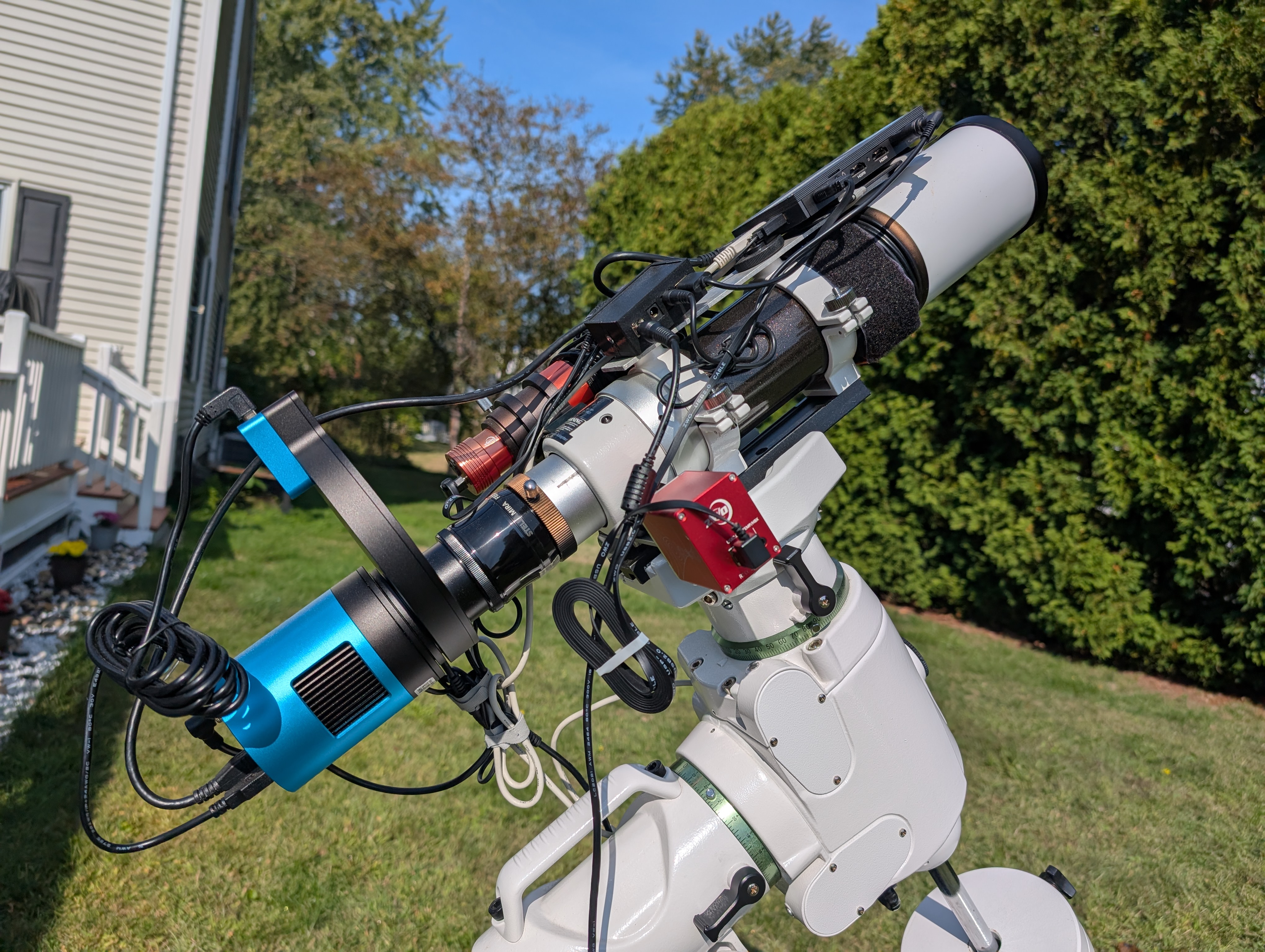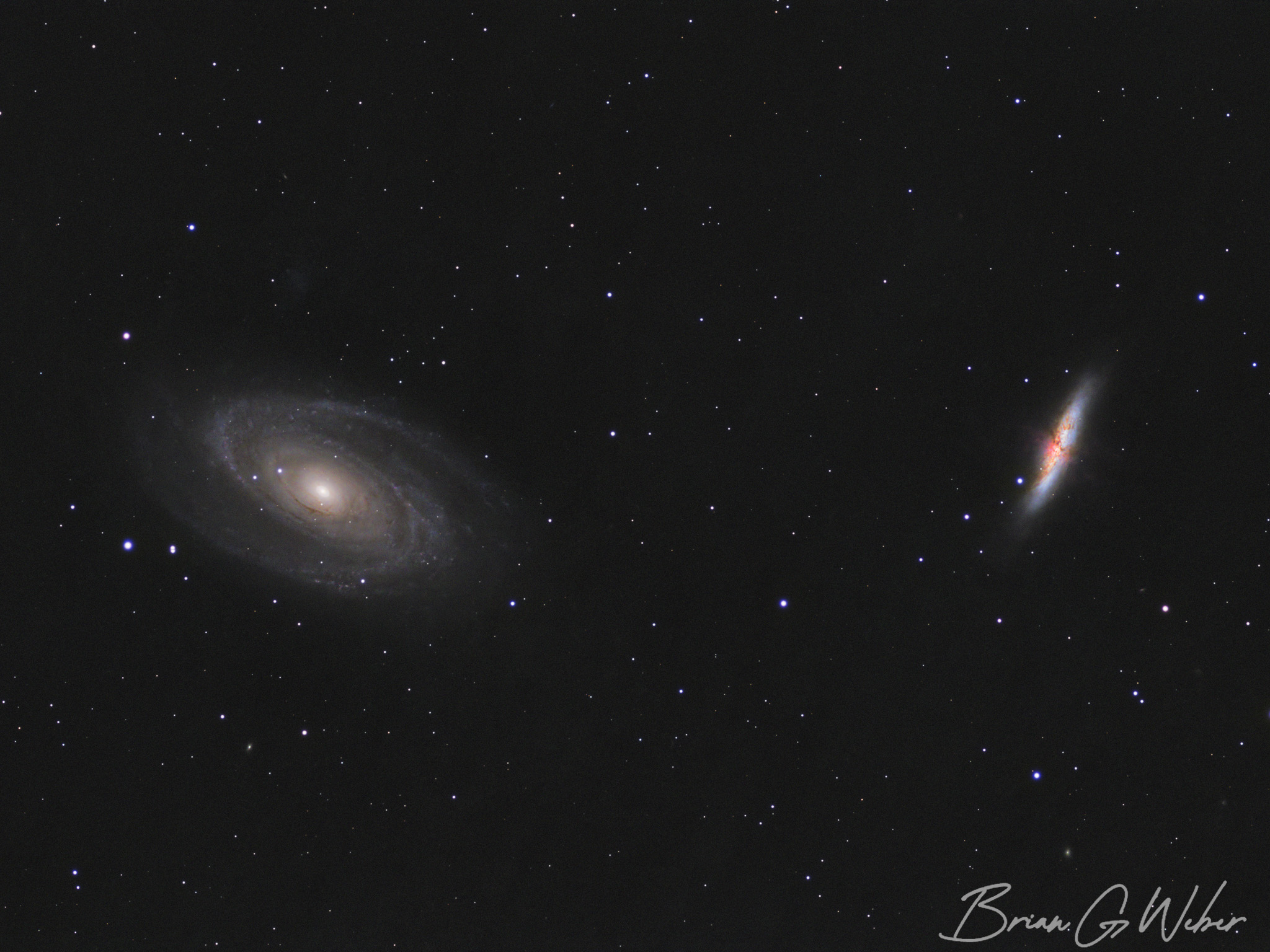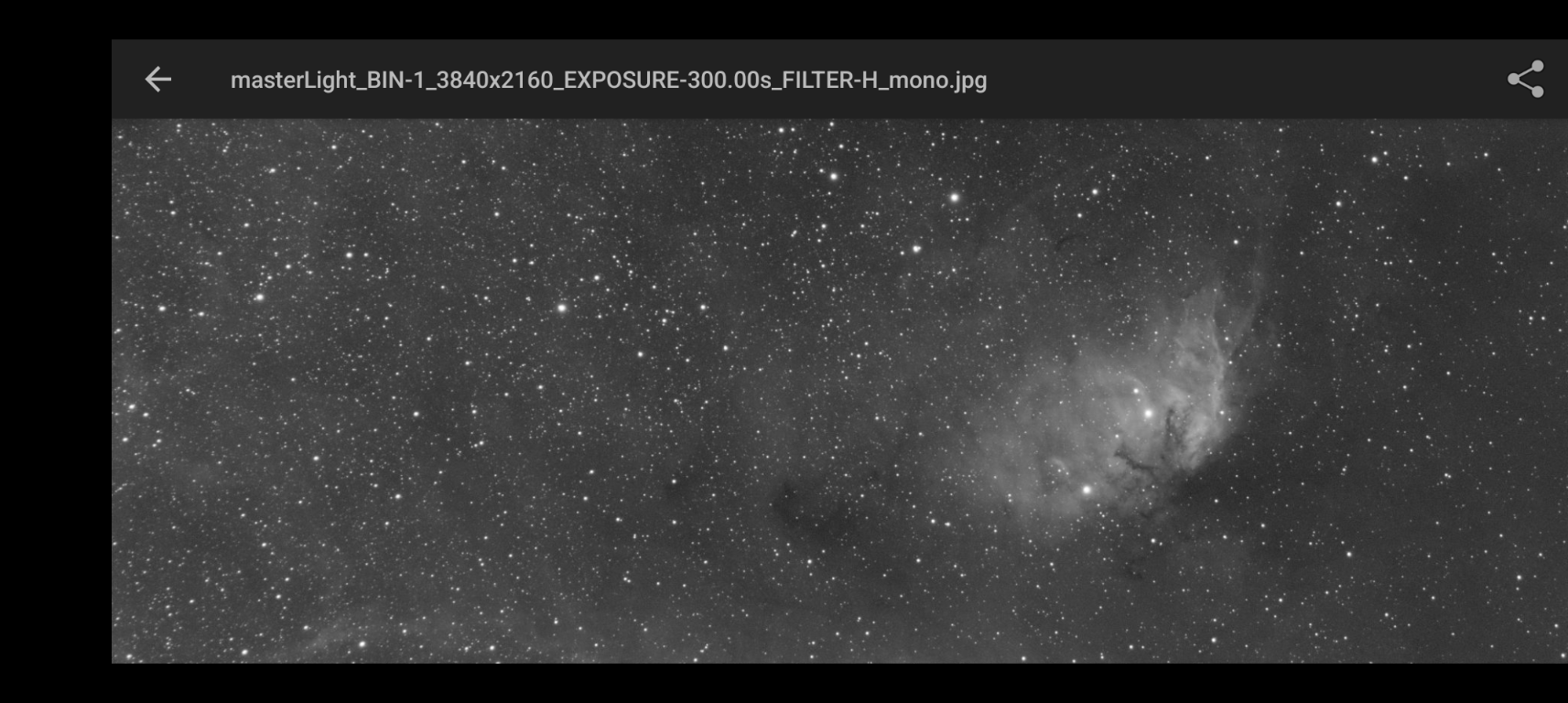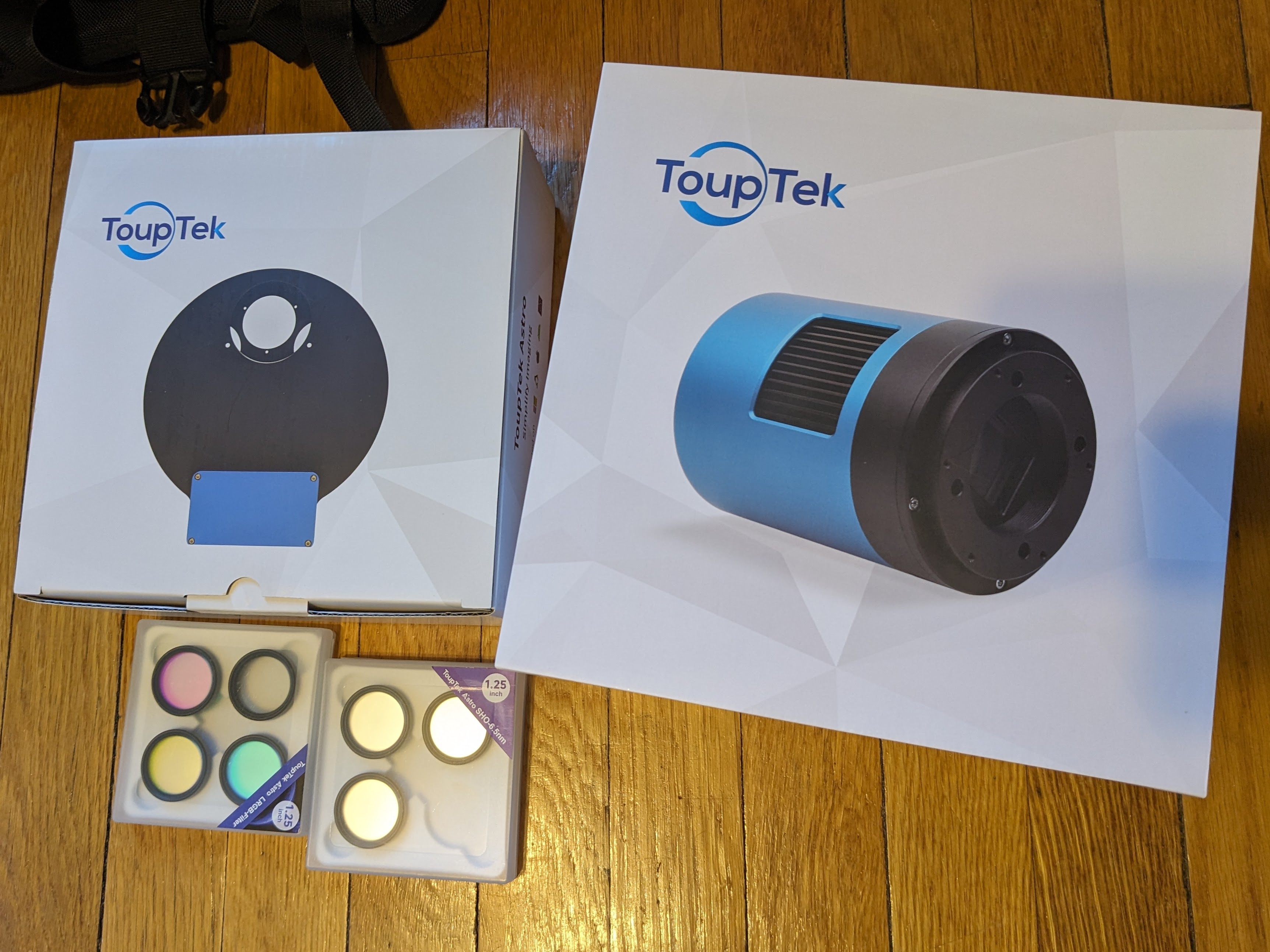· Astrophotography · 4 min read
The Grand Planetary Alignment
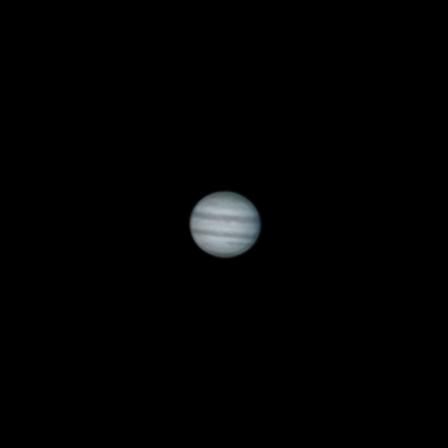
For the past couple months, there have been countless news articles about an alignment of the planets in the night sky. While I am appreciative of the increased interest in the night sky and astronomy, there is a general misperception about the timeline, what is going on, and what you are likely to see. The information in this post is based on my location at 42ºN latitude, so if you are closer to the equator, you will have some more viewing time on the “low” planets I’m describing.
NOTE: If the weather is bad, don’t sweat it. This is NOT a one night event. Although they are rarely all in the night sky at the same time, most of the planets are visible for months at a time every year.
What is happening
All planets in our solar system revolve around the Sun in elliptical orbits. They are all in the same plane, so if you looked at the solar system from the side, the planets would be in a line (Pluto isn’t a true planet, so its wonky orbit doesn’t count for this discussion). This page from NASA is an excellent resource to explore the solar system from different angles and see what’s going on. This page has a simpler top view for creating an illustration. Below, I drew a line representing our view of the night sky assuming no horizon obstructions. Anything above the red line is above the horizon. Over the course of the night, the planets will move as they travel around the sun, but that has little effect on our view compared to the rotation speed of the Earth. That red horizon line is going travel all the way around the Earth and hit the opposite edge of the sun as sunrise occurs.
As you can see, all of the planets are above the horizon line at sunset and the fact that we are all in the same plane is what creates the “alignment”.
When to view
In the diagram above, you’ll notice that several planets are very near the line. This means that if you want to see them, you will need to look before it is fully dark to catch them. You will need a nearly unobstructed view to the western horizon to see Mercury, Saturn, and Neptune in higher latitudes. Venus will hang around a little longer and the other planets will be up much of the night.
Stellarium is an excellent app for exploring the night sky. They have a web app you can use in the browser and also desktop app or mobile apps.
What you will see
This is where I think the biggest misconception is. We’ll go in order.
- Mercury: hard to spot because it’s near the sun, but it is visible.
- Venus: the brightest object in the night sky. When it’s up, you can easily see it in the western sky. There’s not much detail to resolve even with a large telescope, but it is VERY bright.
- Mars: easily visible with the naked eye, has a red tint to it. Some details can be resolved with a large telescope, but otherwise it just looks like a red star.
- Jupiter: not as bright as Venus, but quite bright. Moons are visible with binoculars, lines of color are visible with a moderately large telescope like my 8” Dobsonian.
- Saturn: the most impressive to view through a telescope. The rings are visible on my 8” Dobsonian.
- Uranus: very faint, indistinguishable from other dim stars in the sky if you can even find it.
- Neptune: very faint, indistinguishable from other dim stars in the sky if you can even find it.
These images were all captured with telescopes. Jupiter was captured with my 8” Dobsonian scope with a focal length of 1000mm and Mars and Saturn were captured by my dad using an 8” SCT scope (2032mm focal length) and a Barlow lens for extra magnification.
How can I photograph this event?
You would need a very wide angle lens or a panorama image to capture all of the planets, but in my opinion, it is simply not a very interesting photo. The planets just look like stars in a wide view and they are not close enough together to form an obvious line. I believe this event is best enjoyed with your eyes and a set of binoculars if you want to view Jupiter’s moons. Clear skies and happy viewing!
